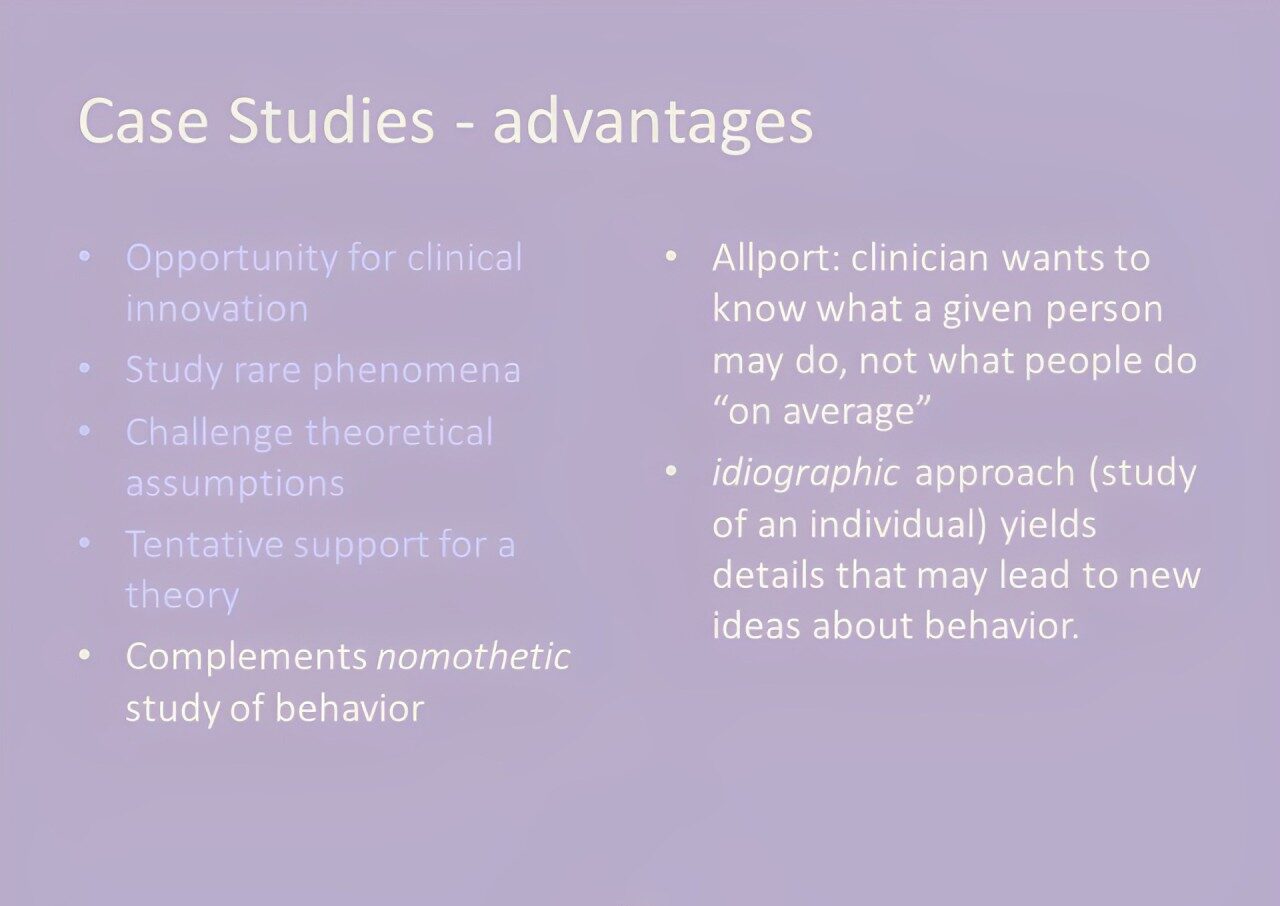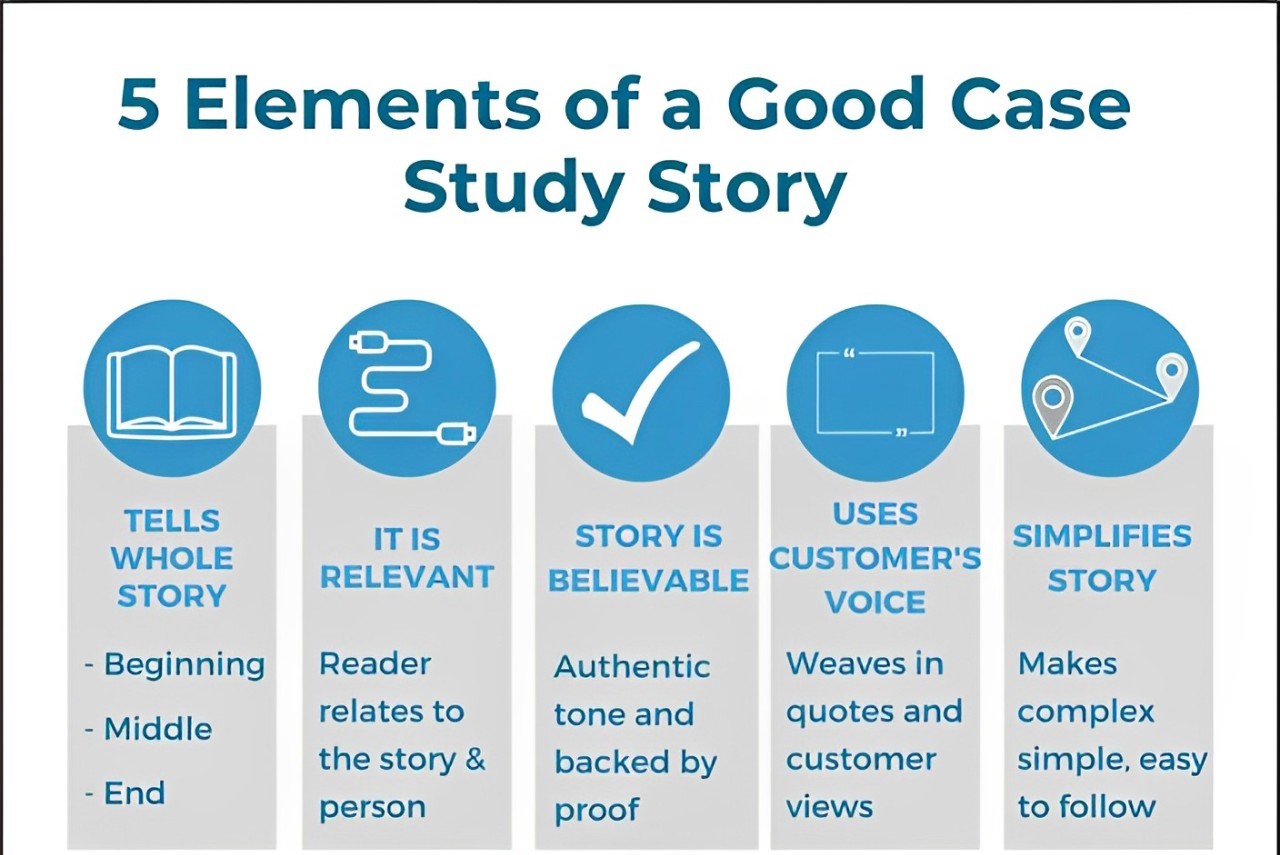Case studies are an invaluable tool in various fields, from business and education to healthcare and technology. By examining real-life examples, case studies provide insights into practical applications, successes, and lessons learned. This article explores what case studies are, their benefits, and how to create and utilize them effectively.

What is a Case Study?
A case study is a detailed analysis of a specific instance, event, or individual within a particular context. It often includes qualitative and quantitative data and focuses on understanding the dynamics involved in a real-world situation. Case studies can range from in-depth investigations of a company’s strategies to broader analyses of trends across multiple industries. Case studies are powerful tools that offer rich insights into real-world applications of theories and methods. They provide valuable lessons that can inform decision-making and inspire innovation by analyzing specific instances. Whether used in marketing, education, or research, case studies enhance understanding and credibility, making them an essential component of effective communication. Embrace the potential of case studies to elevate your content and drive meaningful engagement!

Benefits of Using Case Studies

- Practical Insights
Case-studies offer tangible examples of theories and concepts in action. They illustrate how strategies are implemented, highlighting what works and what doesn’t, making the information more relatable and actionable.
- Enhanced Understanding
By delving into specific scenarios, readers gain a deeper understanding of complex issues. Case studies simplify intricate subjects, making them easier to grasp and apply.
- Credibility and Trust
Using real-world examples adds credibility to your claims or arguments. When readers see how theories have been successfully applied, they are more likely to trust your insights and recommendations.
- Engagement and Storytelling
A compelling stories that engage readers emotionally. A well-crafted narrative can draw readers in, making the information more memorable.
- Problem-Solving Framework
Case studies can serve as templates for addressing similar challenges in different contexts. They offer strategies and solutions that others can adapt to their own situations.
Creating an Effective Case Study

- Choose a Relevant Subject
Select a subject that aligns with your audience’s interests and needs. Consider the significance of the case and whether it offers unique insights or lessons.
- Gather Comprehensive Data
Collect both qualitative and quantitative data. This can include interviews, surveys, company reports, and observational data. Ensure your data is relevant and reliable.
- Define the Problem or Challenge
Clearly outline the issue or challenge that the case study addresses. This provides context and sets the stage for the subsequent analysis.
- Detail the Solution
Describe the actions taken to address the problem. Highlight the strategies, tools, and methodologies used, and provide insight into why they were chosen.
- Analyze the Results
Present the outcomes of the implemented solutions. Use metrics and qualitative feedback to assess the effectiveness of the approach.
- Draw Conclusions and Lessons Learned
Summarize key takeaways and insights. What can people learn from the case study? How can the findings be applied to different contexts or situations?
Utilizing Case Studies
1.In Content Marketing
A powerful marketing tools. They demonstrate your expertise and the effectiveness of your products or services, helping to convert potential customers.
2. In Education and Training and In Research
Educators can use case studies to facilitate discussion and critical thinking. They encourage students to analyze real-world scenarios and develop problem-solving skills. Researchers can use case studies to explore specific phenomena in depth, contributing to the body of knowledge in a particular field.
3. In Business Strategy and In Presentations and Reports
Businesses can analyze case studies to inform their strategies and decision-making processes. Learning from the successes and failures of others can guide future actions. Incorporating case studies into presentations adds depth and context. They provide concrete examples that can enhance your argument and engage your audience.
Recommendation : SITES LEARN SEO








